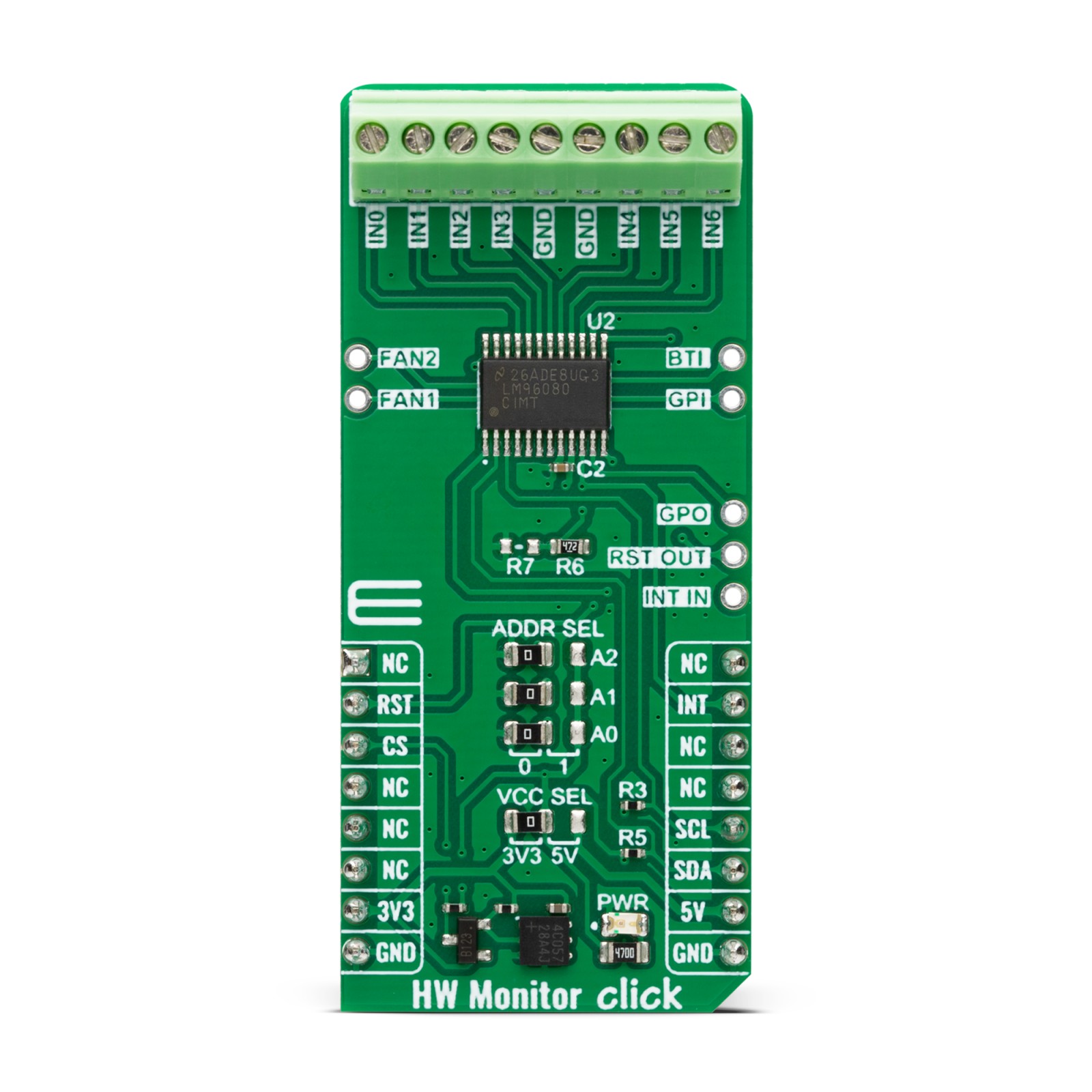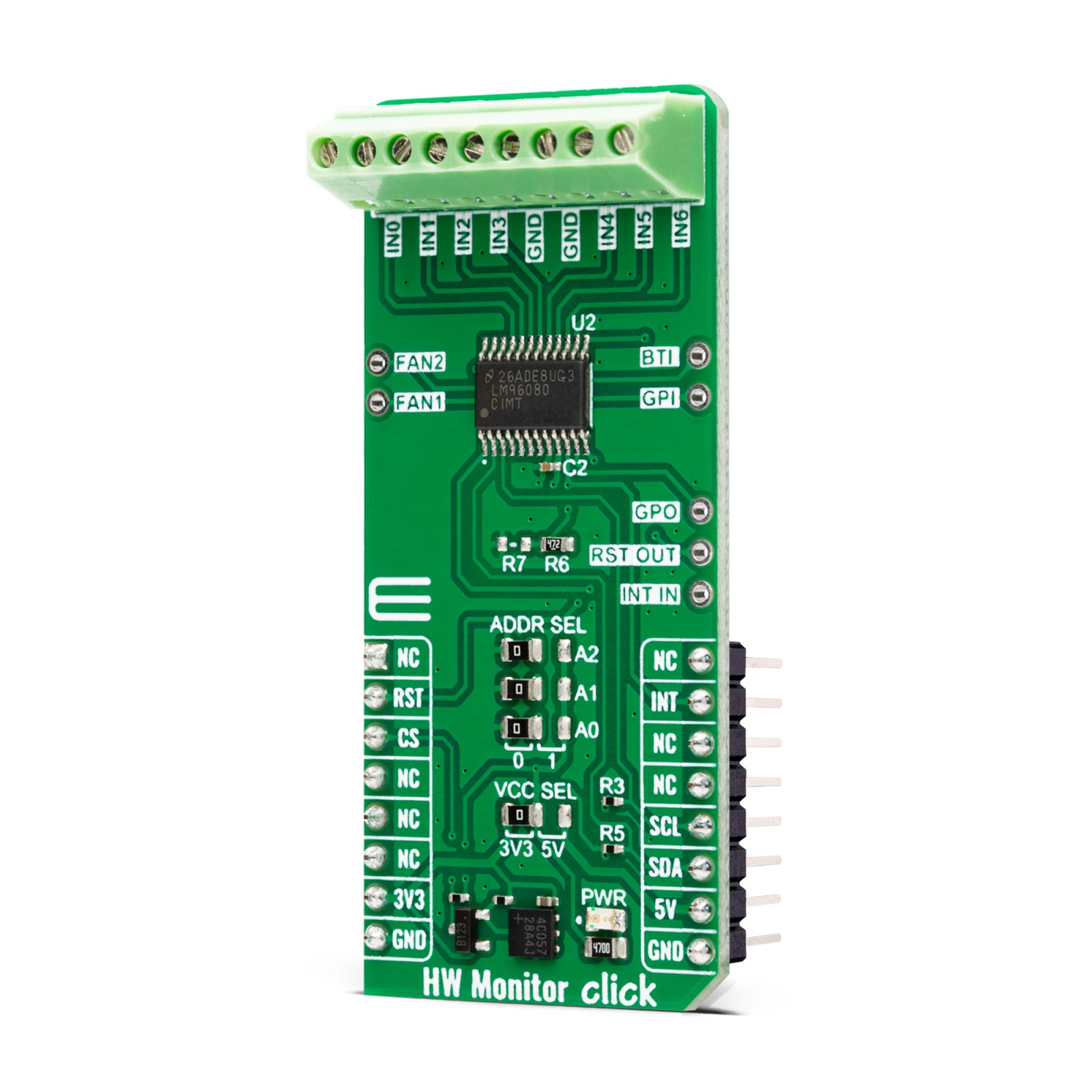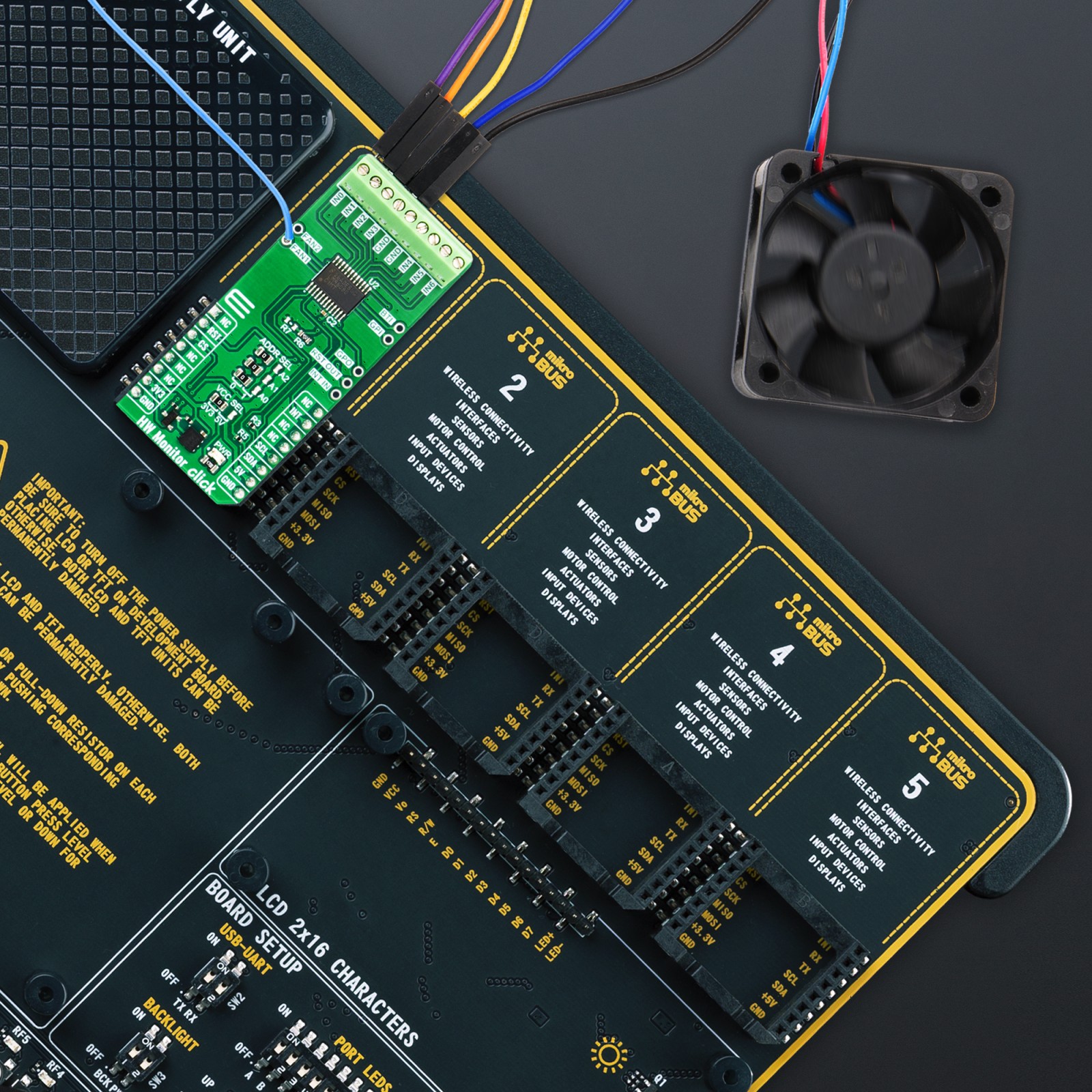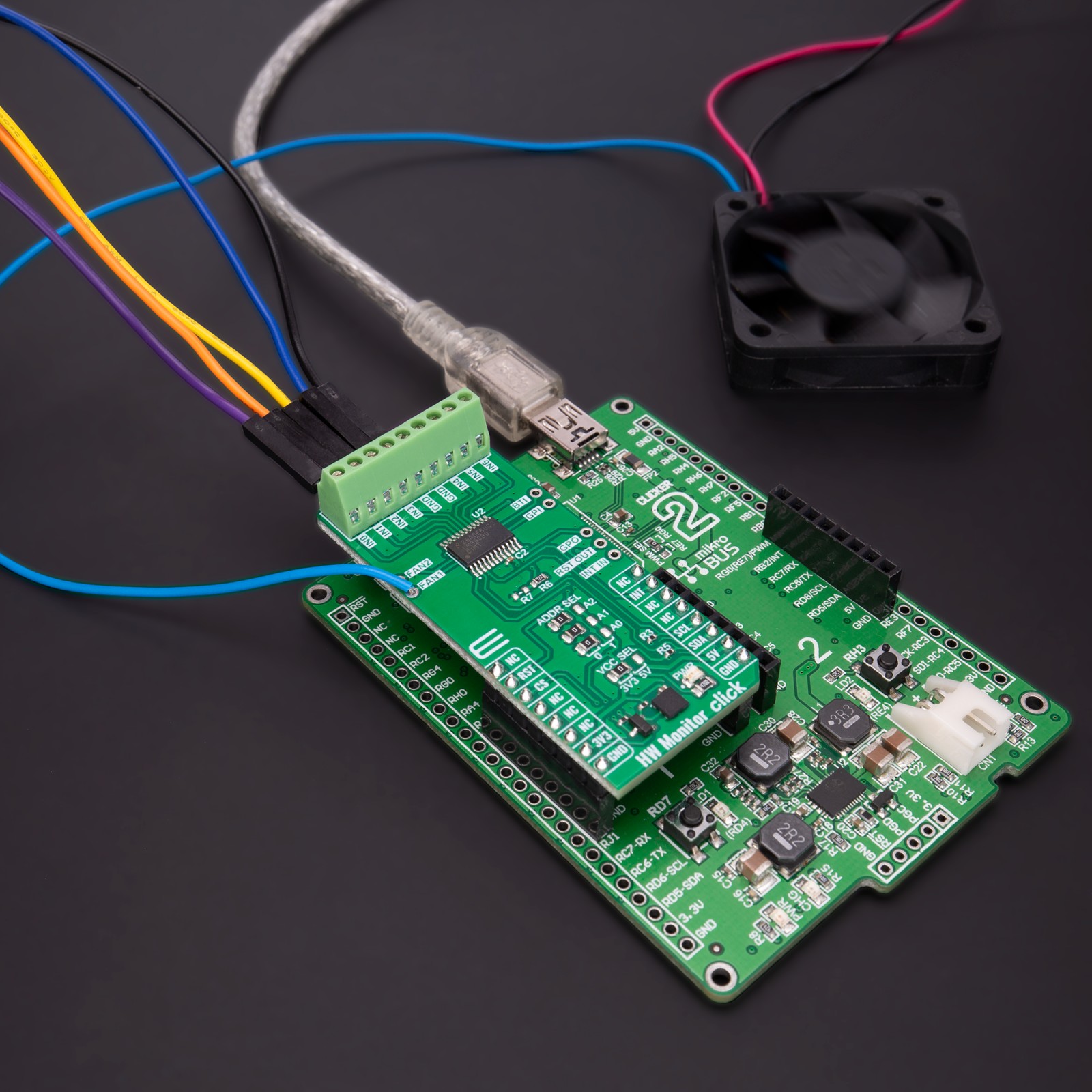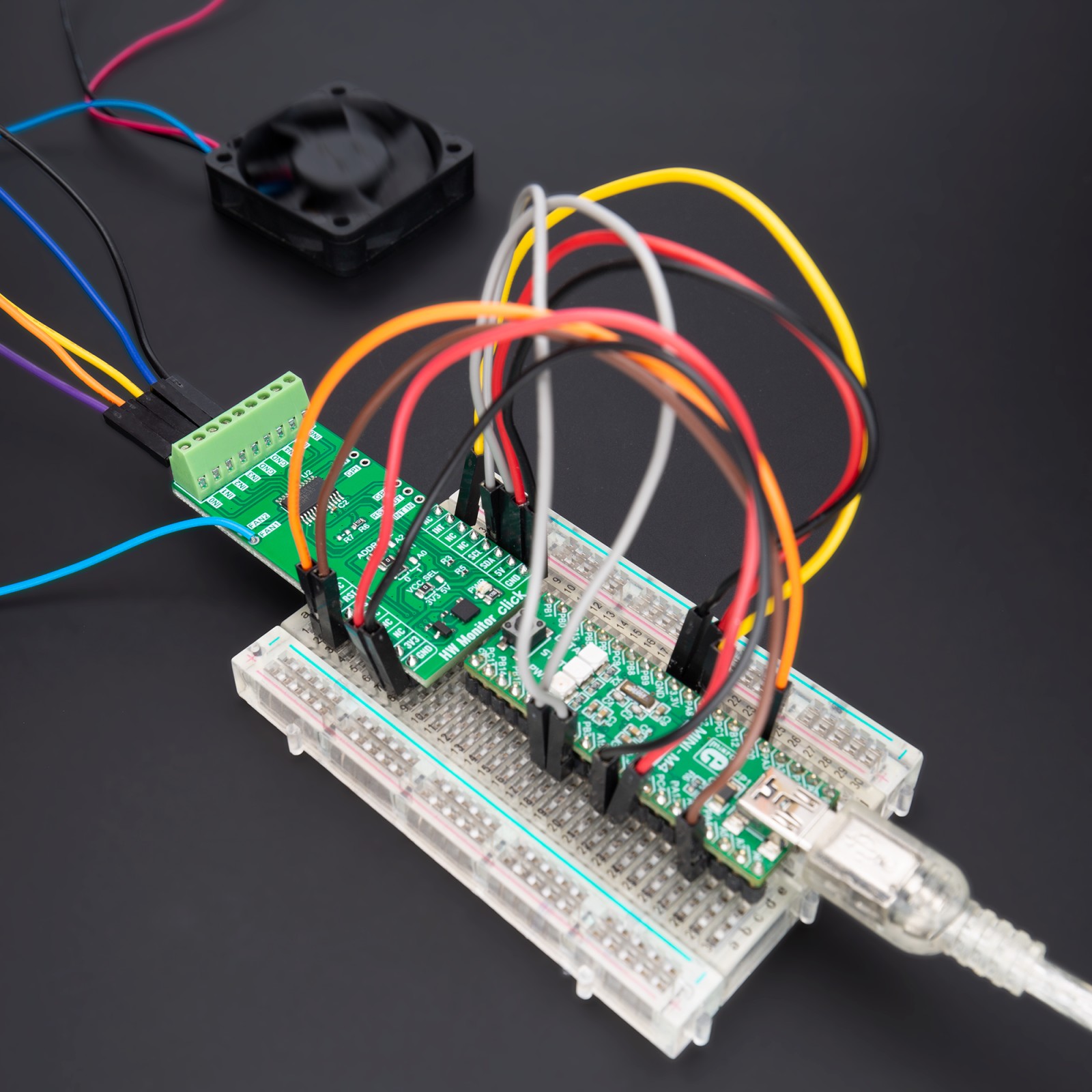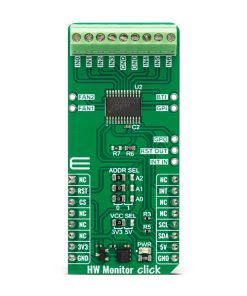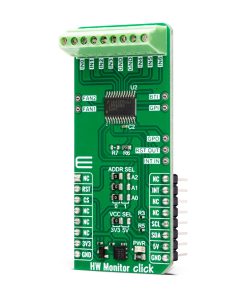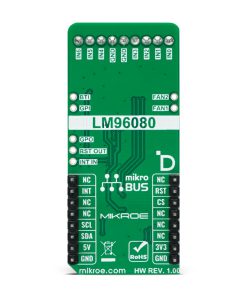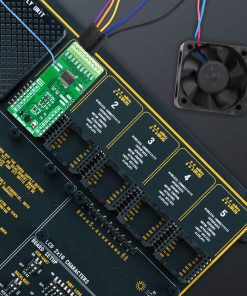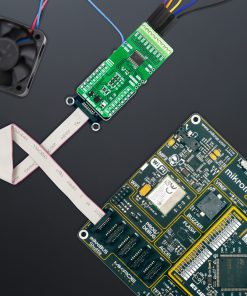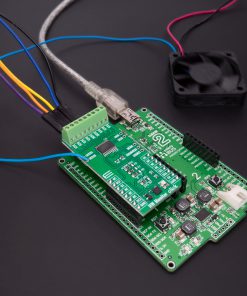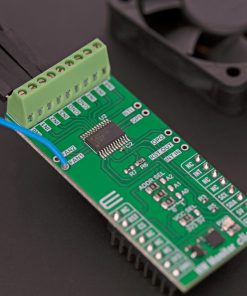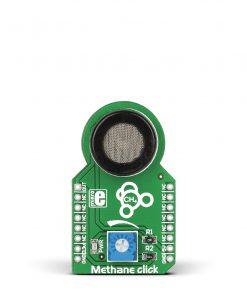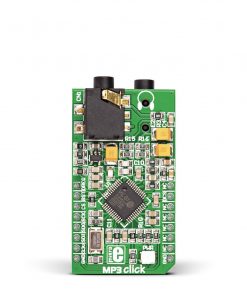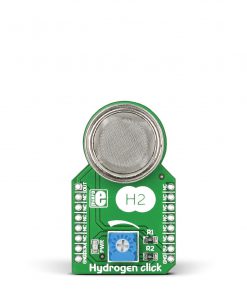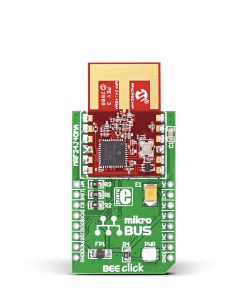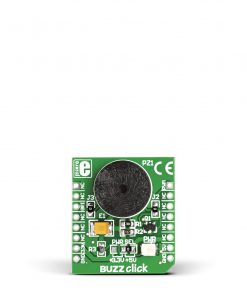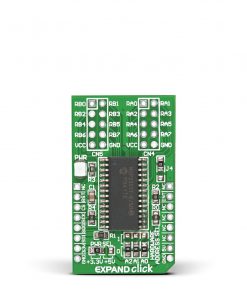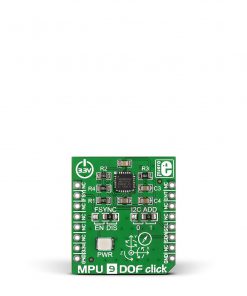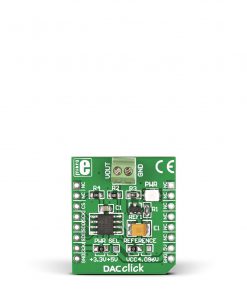Subtotal: R1,050.00
HW Monitor Click
R555.00 ex. VAT
HW Monitor Click is a compact add-on board used to monitor and regulate the performance of various hardware components within an embedded system. This board features the LM96080, an I2C-configurable system hardware monitor from Texas Instruments that contains a 10-bit delta-sigma ADC capable of measuring seven positive voltages and local temperature. The LM96080 also has two programmable fan speed monitoring inputs besides other hardware monitoring functions like chassis intrusion detection, additional external interrupt input, master reset for external purposes, as well as a sequencer that performs watchdog window comparisons of all measured values. This Click board™ is suitable for system thermal and hardware monitoring for various servers, electronic test equipment and instrumentation, communications infrastructure, consumer electronics, and more.
HW Monitor Click is fully compatible with the mikroBUS™ socket and can be used on any host system supporting the mikroBUS™ standard. It comes with the mikroSDK open-source libraries, offering unparalleled flexibility for evaluation and customization. What sets this Click board™ apart is the groundbreaking ClickID feature, enabling your host system to seamlessly and automatically detect and identify this add-on board.
Stock: Lead-time applicable.
| 5+ | R527.25 |
| 10+ | R499.50 |
| 15+ | R471.75 |
| 20+ | R453.99 |

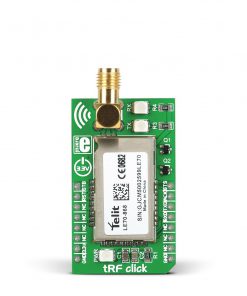 tRF Click
tRF Click 